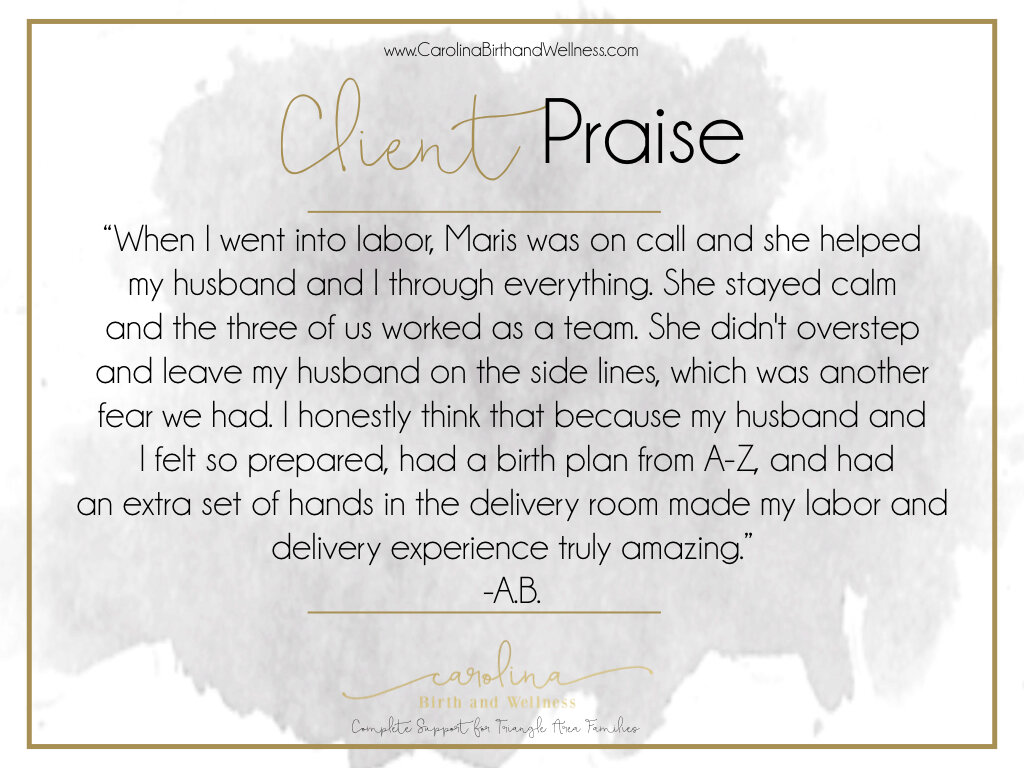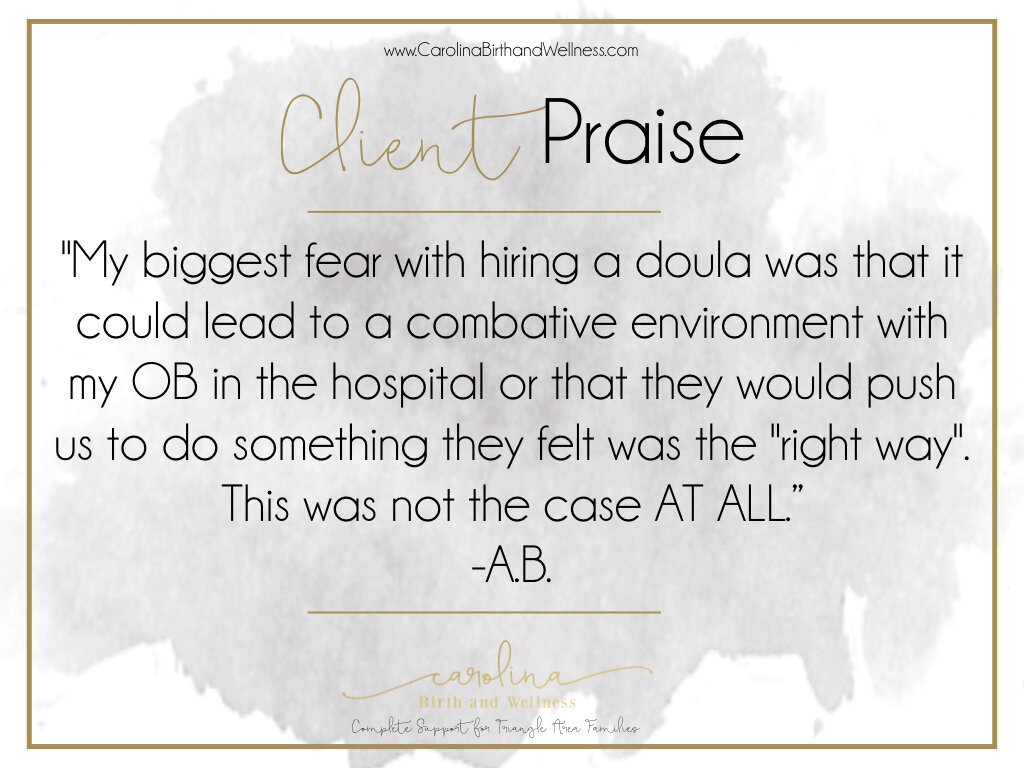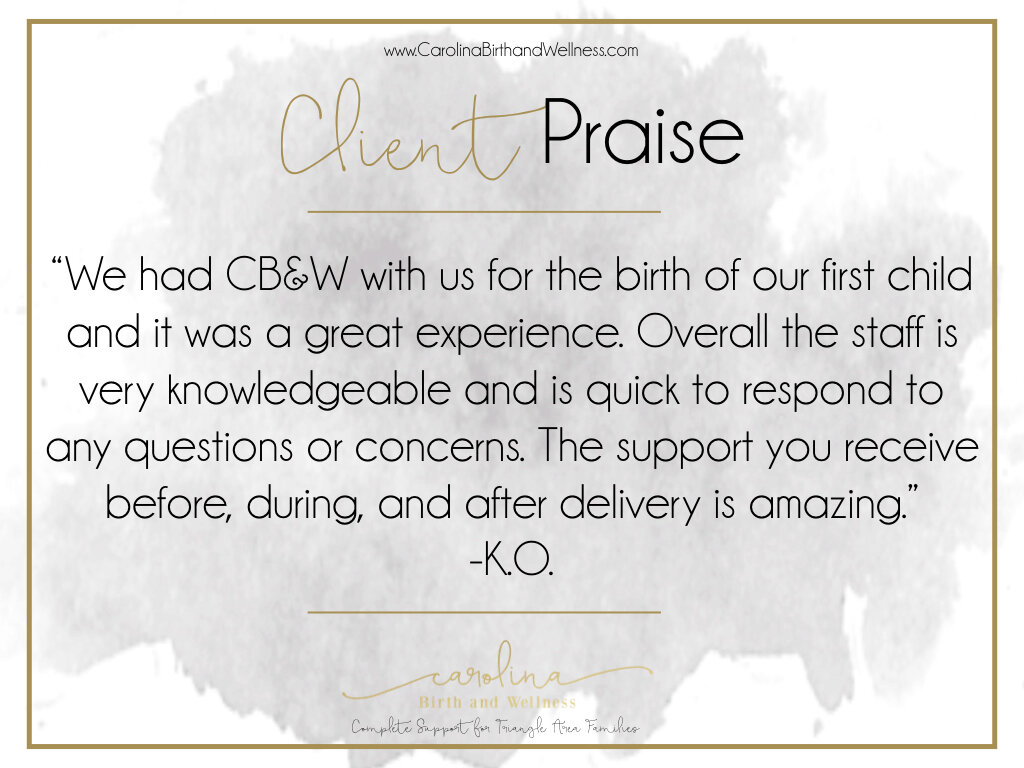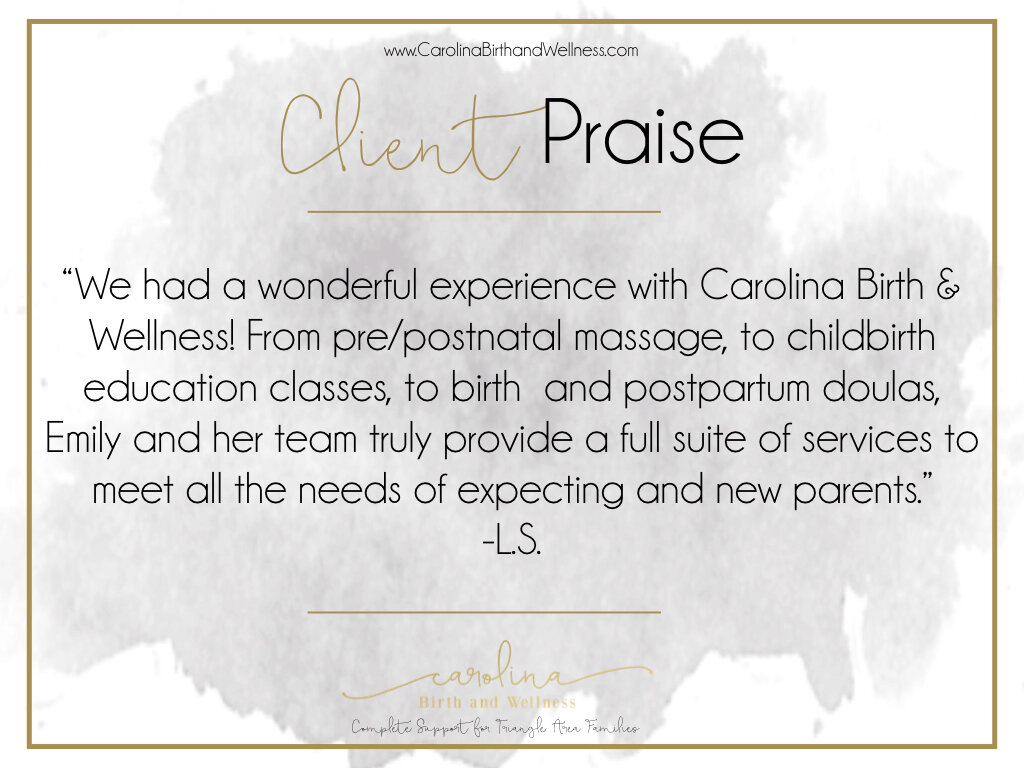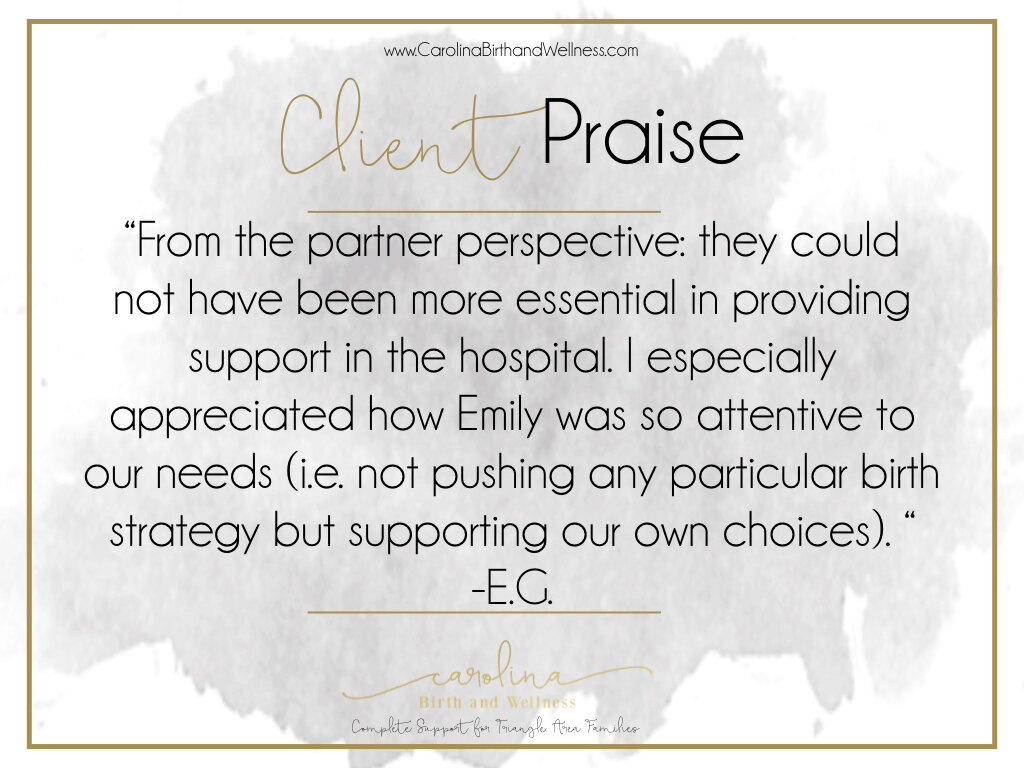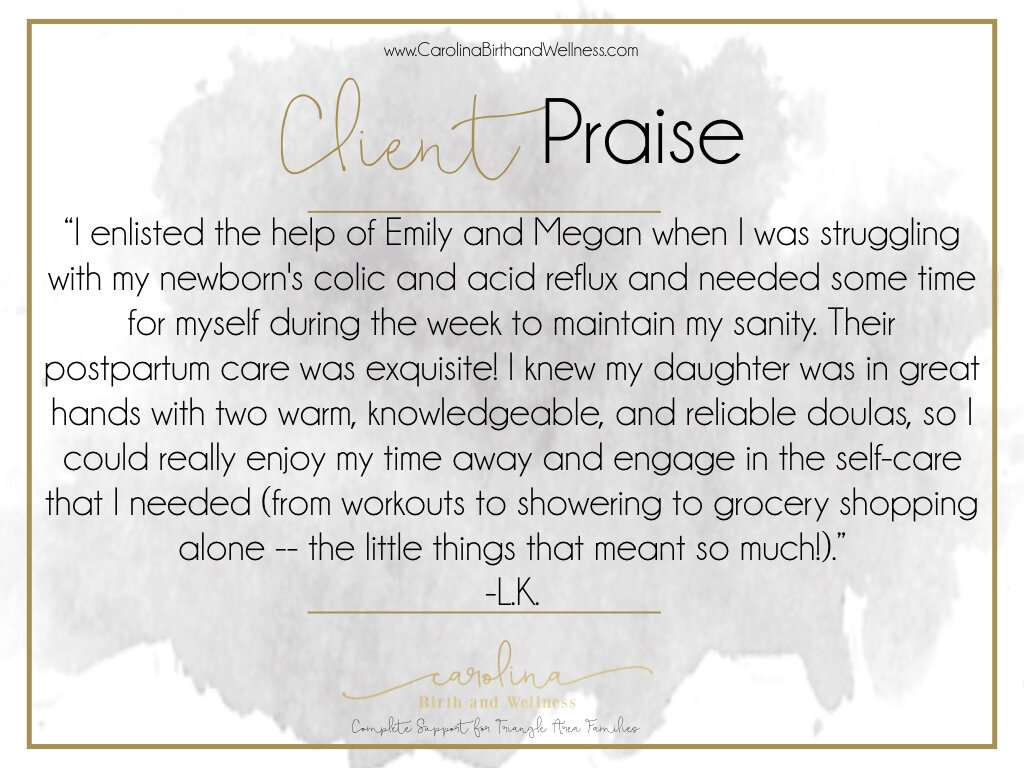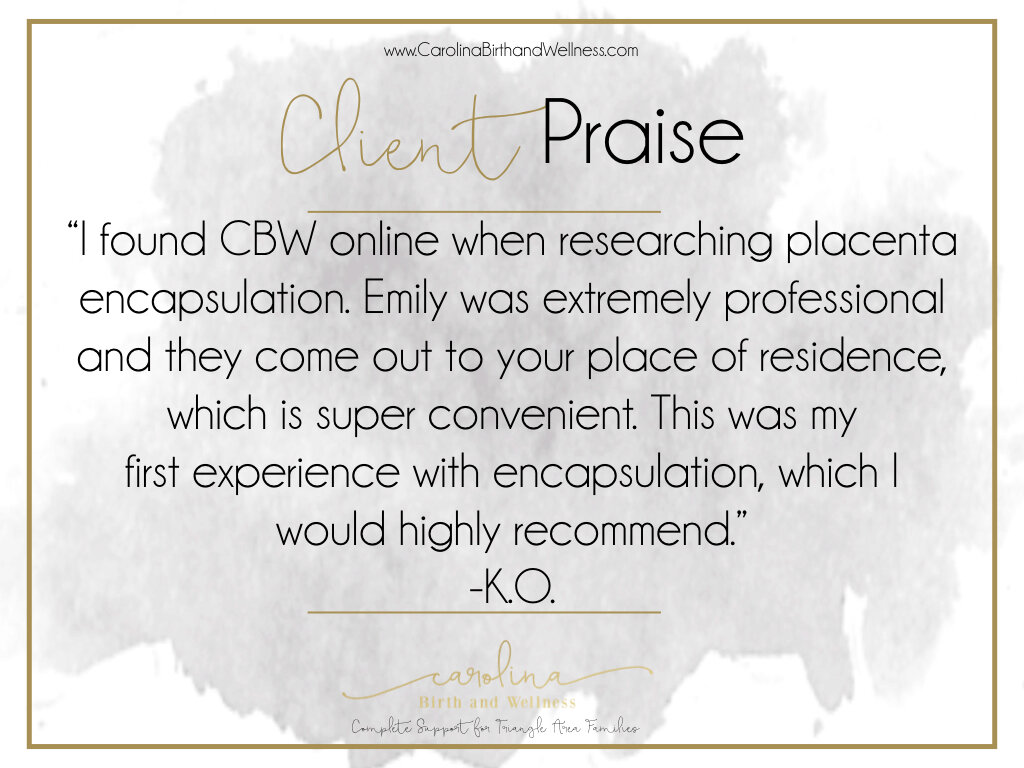Pain is never normal, even during breastfeeding. Yes, sometimes there may be a slight tingle during let down, or a pinch when baby first latches, but lasting pain in not normal nor should it be expected. In honor of World Breastfeeding Week, we are addressing pain during breastfeeding as it can be challenge for many, and sometimes a reason new mothers end their breastfeeding journey before they are ready.
Check Your Latch
Having your baby get a good latch is the number one most important part of successful, pain-free breastfeeding. However, sometimes it is not that easy. Our birth and postpartum doulas are training in helping you achieve that perfect latch, as well as when to refer you to some of our favorite Lactation Consultants that make in home visits. Lining up your baby’s nose with your nipple is helpful to ensure a deep latch as shallow latches are painful latches.
Check Your Nipples
When baby is done nursing, how do your nipples look and feel? Checking after baby nurses is great because your nipple didn’t have time to recover from any damage that occurred during the feeding. So really get a good look at your nipples: how do they look now? Are they compressed? Is the skin on or your around your nipple broken? Is there a parallel line down your nipple? Is there blood? Do you see anything else on your nipples that are not usually there? If you have noticed any of the above, it may be time to visit a Lactation Consult as nipple pain or damage can usually be corrected.
Check Your Breast
Notice the color and shape of your breasts before, during and after feedings. Are they hard? Are they red? Is there a bump? If you notice something different about them, talking to your postpartum doula can be helpful as we can help figure out the issue and we can help you figure who to talk to next. If you notice redness on your breast or that your breast is warm/hot to the touch, we recommend calling your medical provider as redness and heat can be a sign of an infection.
Check Your Pump
The highest setting on the pump does not always yield the highest milk production. Also, did you know there are different sizes for the flanges? Your nipple should move freely in the flange, and your areola should not be drawn too much into the flange too much. If your notice that your nipple fills the entire flange leaving no room for movement, you may look at a bigger size. if your areola is completely inside the flange, a smaller size may be recommended.
Check Your Baby’s Mouth
While you may not know what a baby’s mouth should look like, getting an idea of what your baby’s mouth is always a good idea. You can notice changes, such as any rashes, bumps, or marks inside her mouth that may not always be there. You can also notice the shape of her tongue and lip, as those two parts are very important for breastfeeding.


